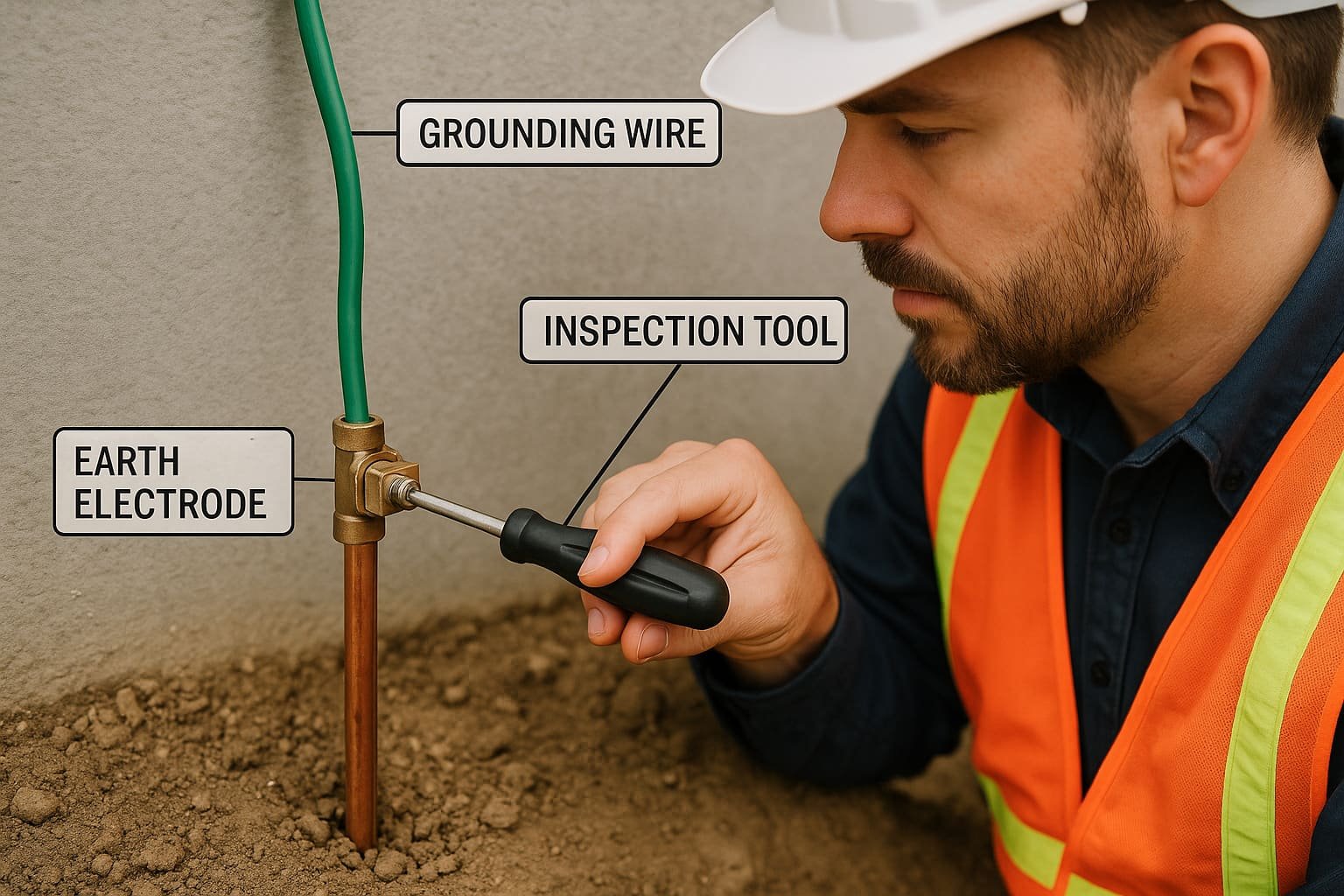
Electrical compliance is a critical factor that can make or break the success of a product’s lifecycle. From product design to prototyping and mass production, understanding grounding and bonding is essential for every stage. Failure to adhere to these practices properly can lead to non-compliance, fire hazards, and other risks that could jeopardize not only your business but also customer safety.
This blog will guide you through the essentials of grounding and bonding, explain their differences, highlight the risks of mistakes, and provide best practices to ensure compliance.
Grounding and bonding are fundamental concepts in electrical systems, aimed at protecting systems, equipment, and people from electrical hazards. But what do these terms mean?
Grounding refers to creating a direct path for electricity to travel safely into the earth. It provides a route for electrical currents during faults or certain conditions to minimize potential harm or damage. On the other hand, bonding involves connecting all the metallic parts of an electrical system to ensure they maintain the same electrical potential, reducing the risk of shock and fire.
These principles are not just critical for safety but play a key role in achieving regulatory compliance for electrical systems in product design and manufacturing. Whether you're developing a new product prototype or scaling up to mass production, grounding and bonding must align with strict standards to avoid penalties, safety issues, or legal roadblocks.
Regulatory compliance in electrical systems is more than just adhering to formal standards; it is a commitment to safety, environmental conservation, and ethical production. When compliance is neglected, electrical systems can expose users to fire hazards, electric shock, or malfunction. For businesses, this could mean potential lawsuits, expensive recalls, and damaged reputations.
Specifically, grounding and bonding play a central role in compliance. Codes and regulations, such as the National Electrical Code (NEC) in the U.S., outline detailed guidelines for grounding and bonding. Failing to meet these requirements can result in fines, halted production, or even denials of international certifications.
For those in the product design and manufacturing stages, incorporating proper grounding and bonding practices early ensures that prototypes and final products pass critical testing. This helps streamline approvals and prevents costly iterations down the road.
While the terms grounding and bonding are often used interchangeably, their purposes and implementations differ significantly:
Grounding
Bonding
Together, grounding and bonding work as a complementary system to maintain electrical safety and reduce hazards like short circuits, surges, or shocks.
Even businesses striving for compliance sometimes encounter common grounding and bonding mistakes. Below are some errors to avoid during product design, prototyping, and mass production:
Using undersized grounding or bonding wires can cause overheating, system failure, or fire hazards. Each wire must meet code specifications for current-carrying capacity.
A break in bonding continuity creates voltage differences, increasing shock risk and compromising compliance.
Loose connections or corrosion over time can restrict current flow into the ground. Regular testing ensures mechanical and electrical integrity.
Relying solely on national standards overlooks specific local codes that could increase compliance risks.
Corrosion from moisture exposure, or physical damage due to high-traffic areas, can weaken grounding and bonding systems. These factors must be accounted for.
Grounding and bonding compliance starts with proactive planning and regular monitoring. Consider these best practices to enhance safety and meet code requirements:
Familiarize yourself with the National Electrical Code (NEC), International Electrotechnical Commission (IEC) standards, and local regulations. A thorough understanding ensures your design incorporates compliant grounding and bonding from day one.
When grounding systems or electrical infrastructure are involved, environmental and operational factors matter. Soil conditions, humidity levels, and anticipated system load should inform the choice of grounding electrodes and materials.
Build grounding and bonding requirements into the initial stages of product design to detect and address issues before moving into prototyping or mass production. Early integration reduces costly redesigning later on.
Ensure that grounding rods, connectors, and wires meet quality standards for longevity and efficiency. Weather-resistant materials can reduce maintenance needs in challenging environments.
After installation, regular testing verifies the ongoing safety and integrity of grounding and bonding systems. Tools like ground resistance testers and infrared thermography can help detect potential faults.
Maintain detailed records of grounding and bonding designs, material specs, and test results. These documents will be vital during audits or certifications.
Staying updated with evolving compliance codes and best practices is crucial for electrical safety. Below are some resources:
Grounding and bonding aren't just technical concepts; they are foundational elements for electrical safety and compliance. Whether you're a small business working on prototyping or a large manufacturer managing mass production, prioritizing compliance will not only enhance safety but also preserve your brand’s reputation.
Want to take your product development process to the next level? Integrate effective grounding and bonding strategies from the very beginning. Stay compliant, reduce risks, and ensure product reliability.